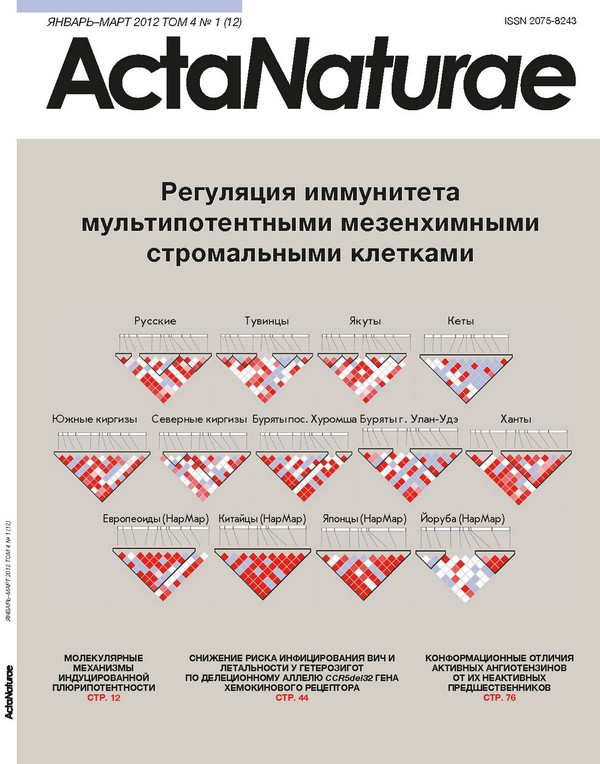Conformational Differences between Active Angiotensins and Their Inactive Precursors
- Authors: Solopova O.N.1, Pozdnyakova L.P.1, Varlamov N.E.1, Bokov M.N.1, Morozkina E.V.2, Yagudin Т.А.2, Sveshnikov P.G.1
-
Affiliations:
- Russian Research Center for Molecular Diagnostics and Therapy
- Bach Institute of Biochemistry, Russian Academy of Sciences
- Issue: Vol 4, No 1 (2012)
- Pages: 74-77
- Section: Research Articles
- Submitted: 17.01.2020
- Published: 15.03.2012
- URL: https://actanaturae.ru/2075-8251/article/view/10636
- DOI: https://doi.org/10.32607/20758251-2012-4-1-74-77
- ID: 10636
Cite item







